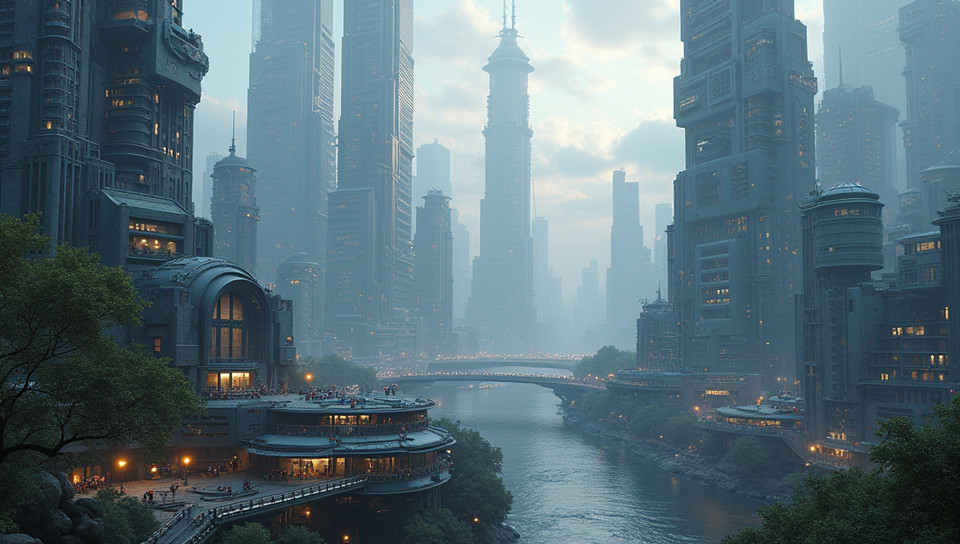Cities in the future are featured in science fiction novels 46%
Truth rate:

Pros: 8
Cons: 2
Refs: 0
Info:
- Created by: Jacob Navarro
- Created at: Oct. 3, 2024, 5:30 p.m.
- ID: 10977
Related:

